Engineer Richard Quincey achieved a long-held ambition to self-build a low energy home for his family in 2005. Here, he assesses whether the house has achieved their high expectations for a low carbon footprint
When BSJ contacted me about doing a follow-up article on the low energy house I designed and built in 2005 (BSJ 09/05), I jumped at the chance. I’m keen to see more feedback from real projects rather than only seeing them featured in glossy magazine articles. We have occupied the house for 18 months now, so how has it performed? What have we changed? What has the monitoring shown?
In overall terms, the house is working very well. One of the most noticeable aspects, and what all visitors seem to comment on, is the daylight. It’s been designed with a 5% daylight factor. Lights are only ever used when outside conditions dictate a need, meaning after dusk and on those rare, really horrible, dim winter days. A good example of the success of the lighting is the stairway/landing, which is mostly lit with tiny, dramatic LED lights. The downlights are only ever used if you need to find a book in the bookcase at night.
The house was also designed and built to be airtight. We do not really have what you would call cold draughts in the house. The insulation measures also produce a very good radiant temperature with unnoticeable asymmetry, except where there are tiles. We find that with these measures the house is very comfortable to be in even when internal air temperatures slip down into the high teens. Interestingly, this translates into a sensitivity when you visit other homes – you really notice draughts and cold radiant surfaces.
From an air quality point of view, the Sunwarm (Plus) solar ventilation system produces a very stable low-odour environment that removes excess moisture very effectively. Even with laundry drying next to the stove in wintertime, there is no odour and the worst moisture build-up is a few beads on the bottom glazing spacer. Shower rooms, obviously, have a short-term build-up, but this clears quickly.
With the combination of the Sunwarm solar systems and passive solar gains, we have found that the house holds it own without any daytime heating, even when outside temperatures drop down to 8-10ºC – or even a bit lower if the external ambient is cycling from day to day. The current winter weather is a good example; after all the cold, dim days a sunny day means T-shirt conditions and lunch basking in the unheated winter garden.
Burning desire
When it comes to heating, we generally only ever light the log stove during evenings, and often this is to get the laundry dry rather than for comfort. We find we burn about 10 small logs an evening and empty the ash pan maybe two or three times a week, and now we have got used to fetching our fuel from outside this routine is not an onerous chore. We treat our logs very much as we would any other fuel and have a supplier who uses locally felled trees – logs are supplied cut and split, and we simply finish off the seasoning and stack them.
Now down to the nitty-gritty. We have monitored the building’s energy use, first over a bedding-in period, then over a whole year. In the design period it is natural to use the SAP/Carbon Index as a “measure” of performance. However, with low-energy houses, this is not really ideal because it does not include all the energy use. In reality, it makes more sense to look a total footprint, like the ECON 19-type data.
Table 1 shows the measured performance versus an average-sized, 100-120 m2 house, and also a typical house of the same size. The contribution from the grant-supported photovoltaics we added is estimated: in this location, a comparison versus oil is perhaps the most realistic measure given there is no mains gas supply.
The total carbon footprint for the house including PVs is 7.7 kgCO2/m²
per year. In the BSj article in September 2005 we anticipated a figure of 6 kgCO2/m² per year using the SAP. If you add about 3,200-4,500 kWh for lights, appliances, cooking and so on, the total anticipated footprint is 12.9-15.7 kgCO2/m2 per year. In comparison, the measured data for the house, excluding the PVs (1960 kWh/y), is 11.9 kgCO2/m2 per year.
Exporting electricity
The house seems to be performing well against expectations, and the addition of the PVs has pushed the performance to a point where, without the talked-about changes in the electricity market – a fairer tariff for exporting electricity back to the grid – it is not sensible to introduce any further renewables.
We have changed electricity supplier to Ecotricity. When we researched the tariff side of “investing” in PVs, we ended up writing a spreadsheet to figure out what was on offer. As you have to universally sign up to a green tariff to get an export deal, the value in having PVs is greatly reduced; most generally only offer the RoC value at about 4.5p/kwh.
We also found that some green tariffs change very rapidly and that a stable green tariff makes a lot of sense; Ecotricity guarantee to be competitive with the regional supplier. On the ethical aspect alone, Ecotricity seem to be seriously offering what I would consider a “green” product.
The only mystery I have yet to solve is how, in an airtight house, do the spiders still get in?
Source
Building Sustainable Design




















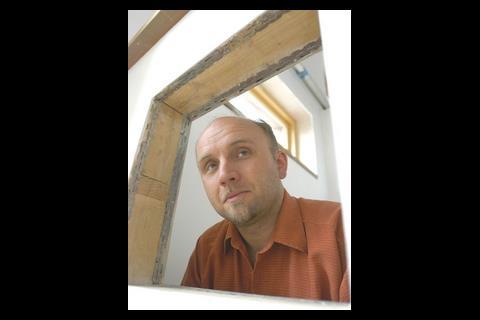
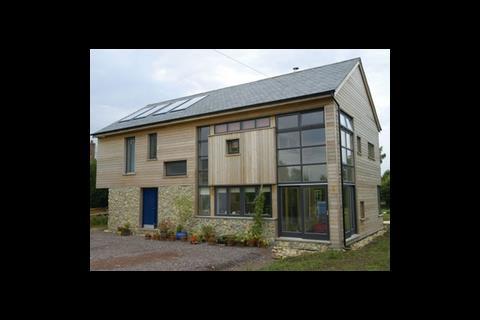
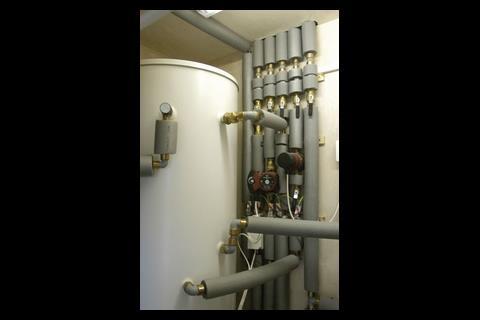
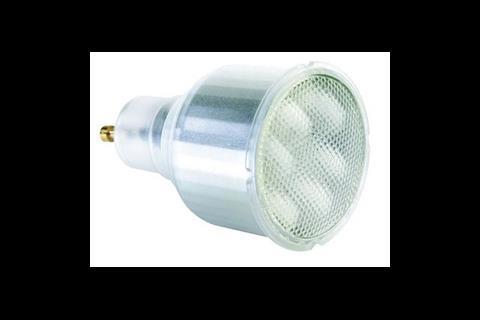

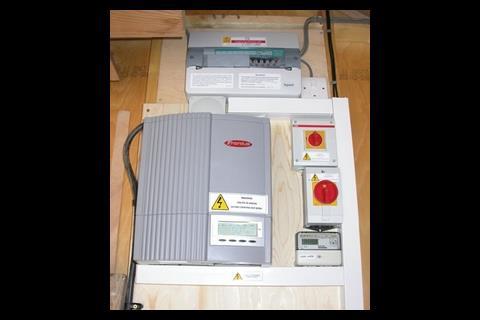
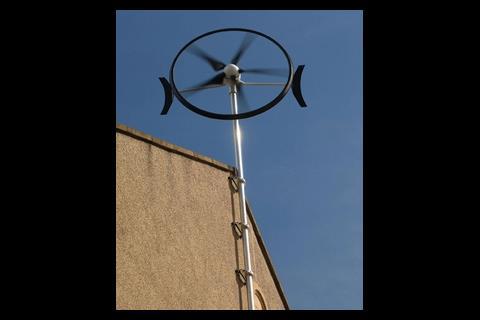

No comments yet